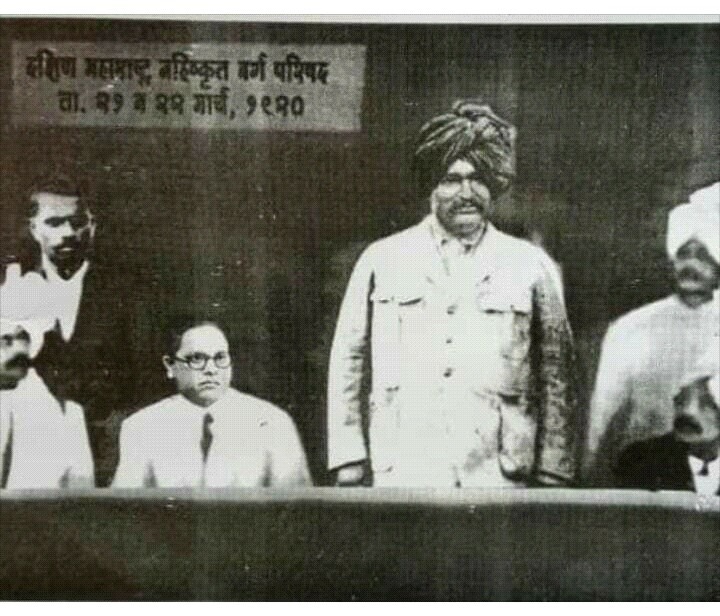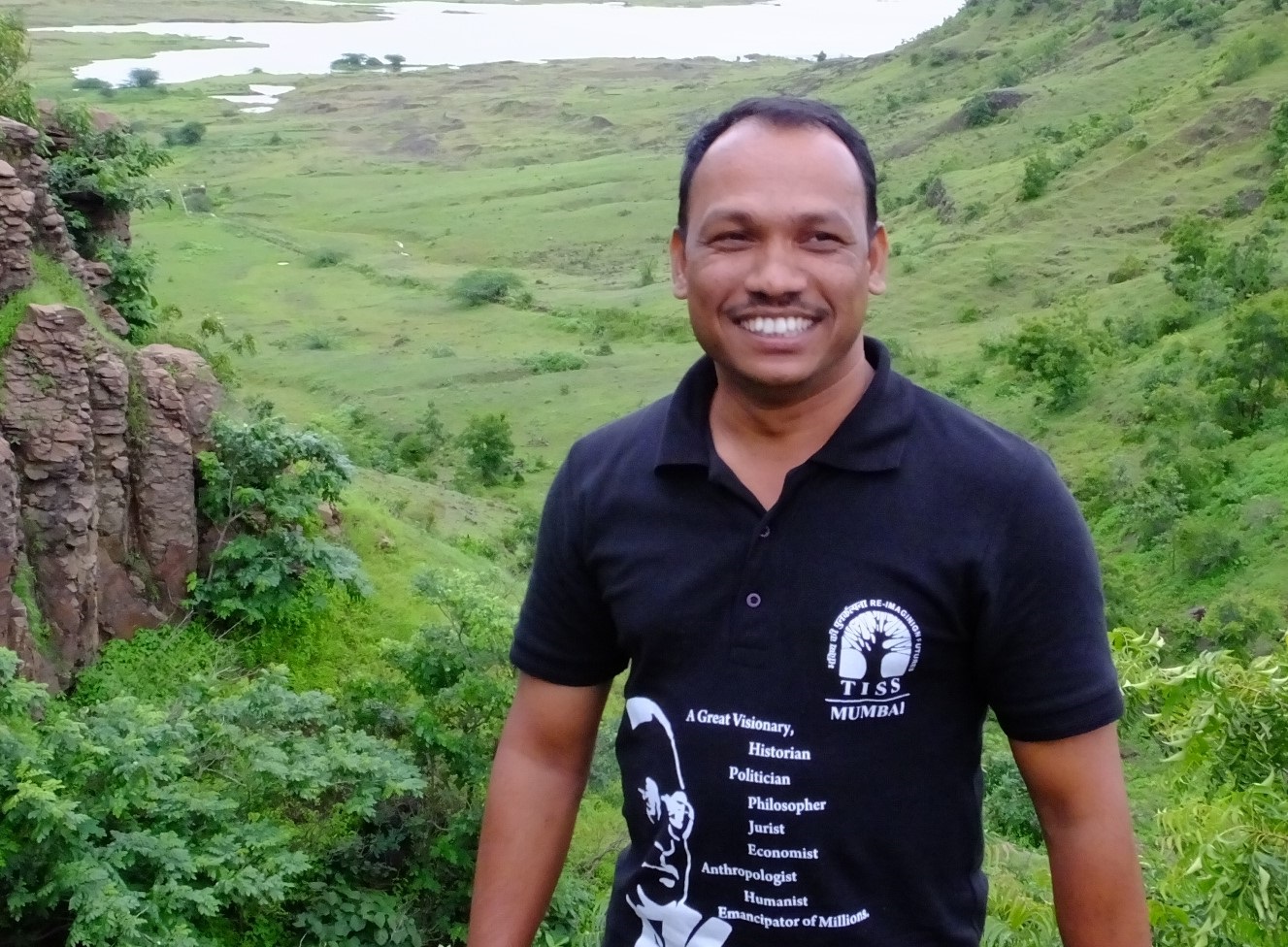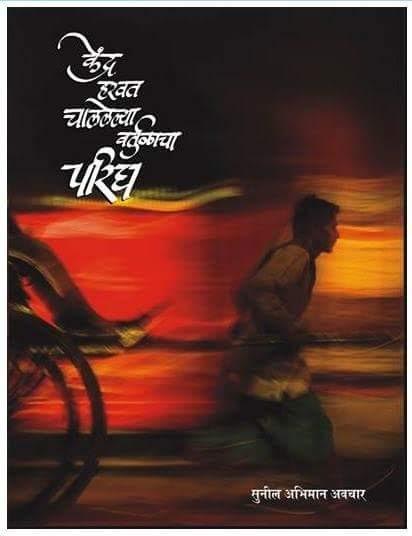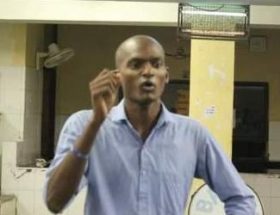Somnath Waghmare
In 1920, Dr. B.R. Ambedkar, aged 29, had just returned to India after completing his M.A and PhD at the University of Columbia in the USA. He began dialogues and meetings with the Dalit community for social rights. Mangaon is a village 20 kilometers away from Kolhapur city in Maharashtra, which was the capital of Shahu Maharaj’s state. There were three major caste groups in the village: Jains, Marathas, and Dalits.

Shahu Maharaj (middle) and Dr. Babasaheb Ambedkar at the Mangaon Conference, 21-22 March, 1920.
The Dalits of Mangaon village faced caste discrimination and violence, but as they were aware of their social rights in the face of this inhuman discrimination and untouchability, they planned to organize a conference and invite Dr. Ambedkar, a young, educated member of their own community to it. They also approached Shahu Maharaj and requested him to join the conference.
Before Dr. Ambedkar became politically active, Shahu Maharaj had already started an anti-caste and social justice movement in Kolhapur state. Appasaheb Patil, who belonged to the Jain community and was active in the Satyashodhak movement, helped Dalits to organise the conference. He was the Patil of the village. Meanwhile, Shahu Maharaj went to Mumbai to personally invite Dr. Ambedkar for the conference.
The main gate of Mangaon village, made in Buddhist style, today
The Mangaon Conference on 21 March, 1920, was the first public meeting of Dr. Ambedkar. In the same year, he started the newspaper ‘Muknayak’. Dr. Ambedkar stayed two days in Mangaon village and delivered a hopeful speech at the conference, where he appealed to Dalits to begin to fight against this unjust social system.
This is the area where the Mangaon Conference took place in 1920. The Ambedkarites of the village built this building and Dr. Ambedkar’s son Yashwant Ambedkar inaugurated it.
At the conference, Shahu Maharaj announced that ‘Dr. Ambedkar is the true leader of the oppressed classes in India’. The Conference passed a fifteen-point agenda for Dalit rights and freedom. The most important ones were the right to free education and the abolishment of untouchability.
A Buddhist pillar outside the bhavan.
After the conference, savarnas in the village, mostly from the Jain community, began a social boycott and discrimination against the Dalit community of their own village, as well as against their own community member, Appasaheb Patil. They called off the boycott only after Shahu Maharaj stepped in.
Busts of Dr. Ambedkar (middle), Shahu Maharaj (left) and a photograph of Appasaheb Patil (right).
This year is the 100th year since the first Conference for the Rights of the Untouchables. This village is around 40 km from my hometown. Last week, I visited this historical place and took some pictures of the commemoration there. I am sharing these pictures with you because there are very few articles, research papers, books or documentary films available on this Dalit history. I appeal to everyone to visit this historical place and remember and celebrate this history.
Original photo of Appasaheb Patil, a member of the Jain community who helped to organize the Mangaon Conference and later faced a social boycott from his own community.
Chanda Dadu Shirgaonkar and Chanda Dadu Alatekar, two Dalit girls from Mangaon village, presented songs at the conference.
Visitors pay their respects at the Bhavan at Mangaon on 21 March, 2019.
The Dalit- Buddhist ghetto of Mangaon.
The old village school where Dr. Ambedkar stayed for two days in March 1920 when he visited Mangaon for the conference.
Dr. Ambedkar stayed in these two school rooms for two days in March 1920.
~
Photos of Dr.Babasaheb Ambedkar and Shahu Maharaj in the school.
(I would like to thank Mridula Chari for helping me in editing this article.)
~~~
Somnath Waghmare is a Documentary Filmmaker and Research Scholar at TISS Mumbai.










